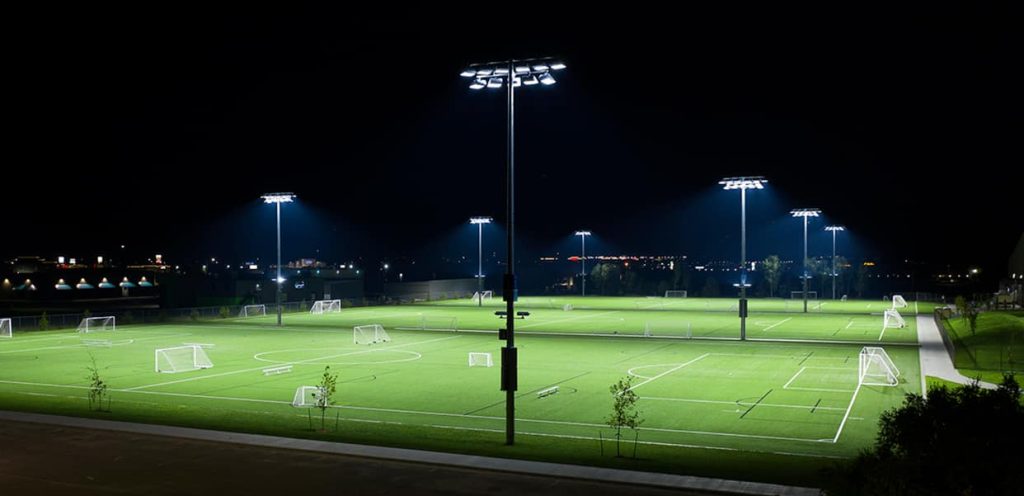In the world of sports, the play of light is as crucial as the athletes themselves. The evolution of stadium lighting has been a remarkable journey, transforming the viewing experience for spectators and enhancing the performance of athletes. From the early days of incandescent bulbs to the cutting-edge LED technology of today, stadium illumination has transcended borders, setting new standards for visibility, energy efficiency, and spectacle. The inception of stadium lighting dates back to the late 19th century when incandescent bulbs first lit up arenas, providing a modest glow that allowed evening games to become a reality. However, these early systems had limitations in terms of brightness, coverage, and energy efficiency. As the popularity of sports grew, so did the demand for better visibility, prompting innovations in lighting technology. The mid-20th century marked a significant shift with the introduction of metal halide lamps. These lamps offered improved brightness and color rendering, addressing some of the shortcomings of incandescent lighting.
Metal halide lighting became the standard for stadium illumination for several decades, providing a more vibrant and evenly distributed light across the playing field. The late 20th century saw the emergence of high-intensity discharge HID lamps, which included both metal halide and high-pressure sodium lamps. These lamps boasted increased energy efficiency and longer lifespans, contributing to a more sustainable and cost-effective lighting solution for stadiums. However, the quest for perfection continued, driving the industry toward the next frontier in lighting technology. In the 21st century, light-emitting diodes LEDs emerged as the game-changer in stadium lighting. LED technology offered unparalleled benefits in terms of energy efficiency, durability, and versatility. LEDs consume significantly less energy than traditional lighting sources, reducing both operational costs and environmental impact. Their long lifespan and low maintenance requirements further solidified LED lighting as the preferred choice for modern stadiums and go now. Beyond energy efficiency, LEDs allowed for precise control over color temperature and intensity, enabling customizable lighting schemes to enhance the spectator experience.

Dynamic lighting effects became a reality, transforming stadiums into immersive environments that could adapt to different events and moods. This versatility not only elevated the aesthetics of sports events but also opened up new possibilities for hosting diverse entertainment and cultural activities within the same venue. The evolution of stadium lighting has not been confined by geographical borders. The adoption of advanced lighting technologies has spread globally, with stadiums across continents embracing the brilliance of LEDs. Whether in the towering structures of North American football stadiums, the iconic arenas of European soccer, or the expansive venues of Asian sports complexes, LED lighting has become synonymous with the future of stadium illumination. As we look to the future, the evolution of stadium lighting shows no signs of slowing down. Ongoing research and development continue to push the boundaries of technology, with innovations like smart lighting systems and connected infrastructure promising even more immersive and efficient solutions. The brilliance beyond borders in stadium lighting not only enhances the sporting experience but also serves as a beacon of progress in the integration of technology and entertainment on a global scale.